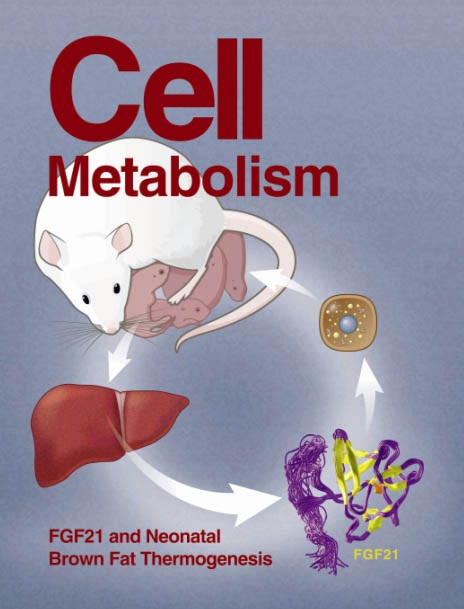蚊子唾液中的鞘磷脂重组皮肤脂质组,促进病毒蛋白水平,增强黄病毒的传播
IF 30.9
1区 生物学
Q1 CELL BIOLOGY
引用次数: 0
摘要
许多具有高流行潜力的黄病毒是通过蚊虫叮咬传播的。虽然蚊子唾液对传播至关重要,并且代表了一个有希望的泛黄病毒靶点,但缺乏关于唾液代谢传播增强剂的知识。在这里,我们发现蚊子唾液中的细胞外囊泡(EV)衍生鞘磷脂重新配置了人类细胞脂质组,增加了病毒蛋白水平,促进了皮肤感染和黄病毒的传播。内化蚊子ev中的脂质增强了成纤维细胞和免疫人原代细胞对多种黄病毒的感染。蚊子EV脂质通过抑制感染诱导的内质网(ER)相关的病毒蛋白降解,选择性地增加病毒翻译。感染增强完全是由于唾液蚊子ev内的鞘磷脂增加了人细胞的鞘磷脂浓度。最后,在小鼠体内传播试验中,ev -脂质共接种加重了疾病的严重程度。通过发现和阐明蚊子唾液的代谢成分如何促进黄病毒的传播,我们的研究揭示了脂质是对抗媒介传播的新靶点。本文章由计算机程序翻译,如有差异,请以英文原文为准。

Sphingomyelins in mosquito saliva reconfigure skin lipidome to promote viral protein levels and enhance transmission of flaviviruses
Many flaviviruses with high pandemic potential are transmitted through mosquito bites. While mosquito saliva is essential for transmission and represents a promising pan-flaviviral target, there is a dearth of knowledge on salivary metabolic transmission enhancers. Here, we show that extracellular vesicle (EV)-derived sphingomyelins in mosquito saliva reconfigure the human cell lipidome to increase viral protein levels, boosting skin infection and enhancing transmission for flaviviruses. Lipids within internalized mosquito EVs enhance infection in fibroblast and immune human primary cells for multiple flaviviruses. Mosquito EV lipids selectively increase viral translation by inhibiting infection-induced endoplasmic reticulum (ER)-associated degradation of viral proteins. Infection enhancement solely results from the sphingomyelins within salivary mosquito EVs that augment human cell sphingomyelin concentration. Finally, EV-lipid co-inoculation exacerbates disease severity in vivo in mouse transmission assays. By discovering and elucidating how metabolic components of mosquito saliva promote transmission of flaviviruses, our study unveils lipids as a new category of targets against vectored transmission.
求助全文
通过发布文献求助,成功后即可免费获取论文全文。
去求助
来源期刊

Cell metabolism
生物-内分泌学与代谢
CiteScore
48.60
自引率
1.40%
发文量
173
审稿时长
2.5 months
期刊介绍:
Cell Metabolism is a top research journal established in 2005 that focuses on publishing original and impactful papers in the field of metabolic research.It covers a wide range of topics including diabetes, obesity, cardiovascular biology, aging and stress responses, circadian biology, and many others.
Cell Metabolism aims to contribute to the advancement of metabolic research by providing a platform for the publication and dissemination of high-quality research and thought-provoking articles.
 求助内容:
求助内容: 应助结果提醒方式:
应助结果提醒方式:


